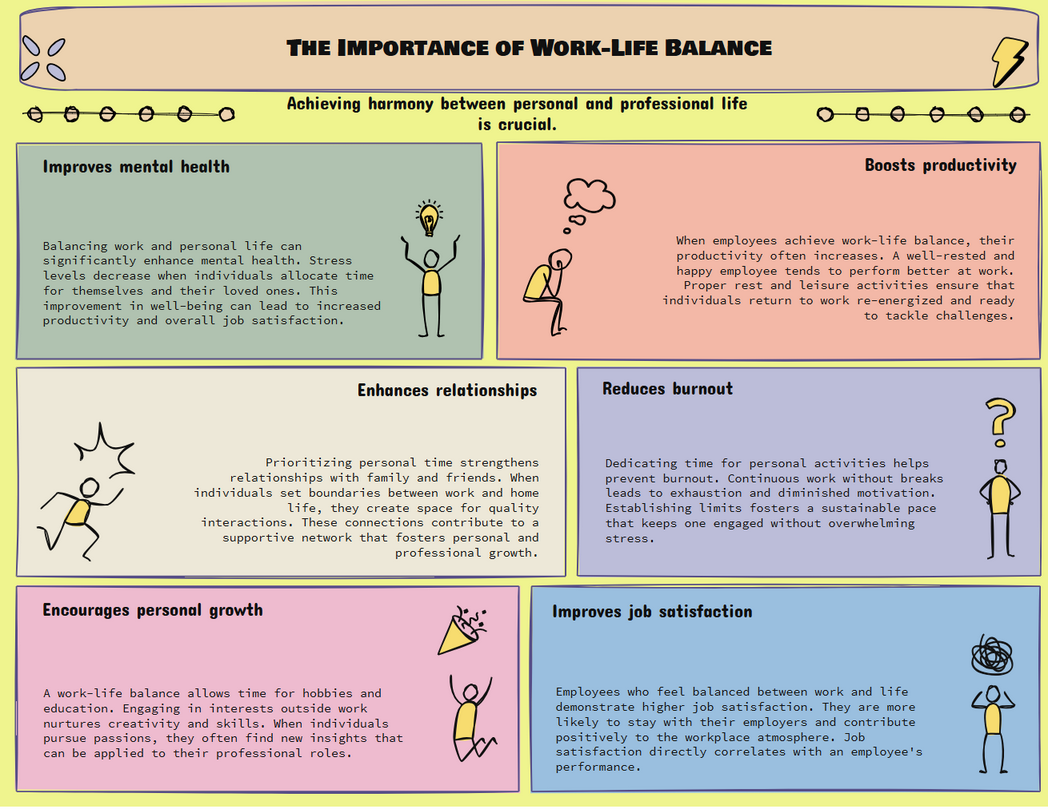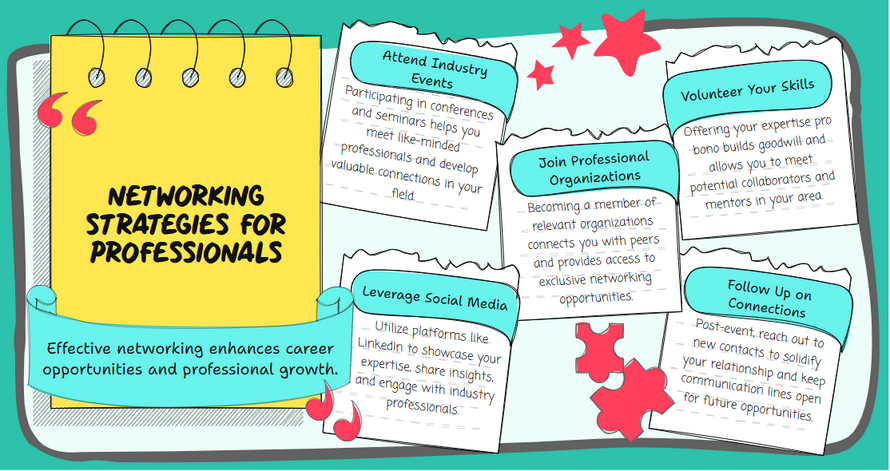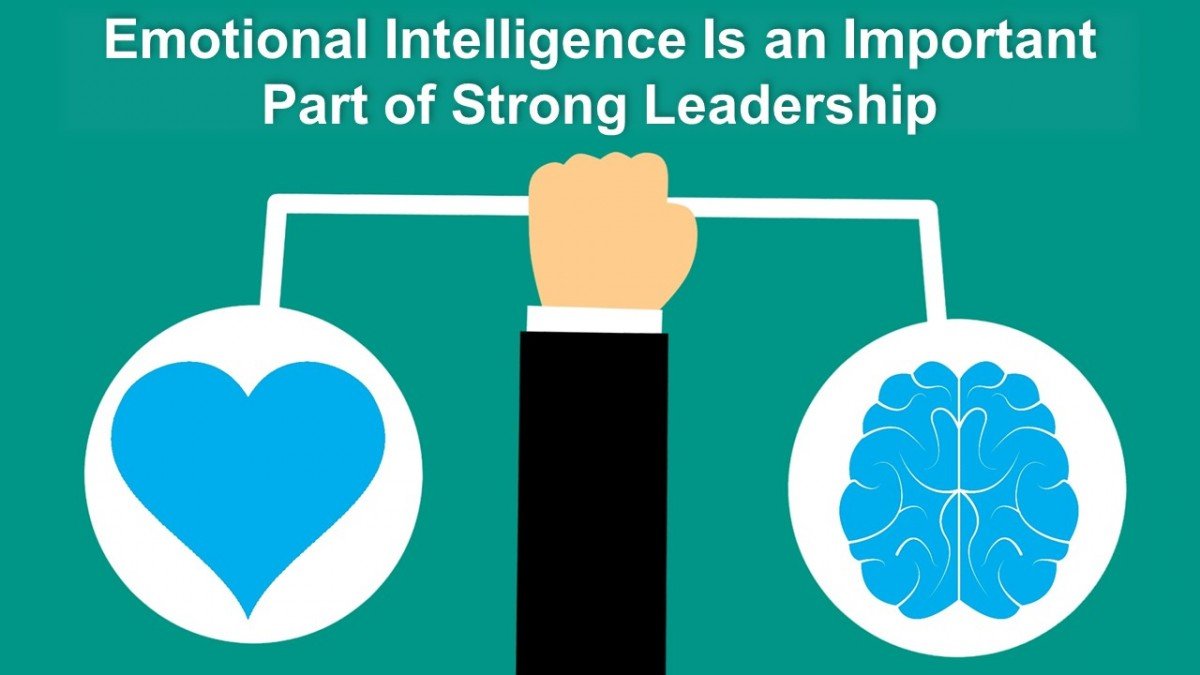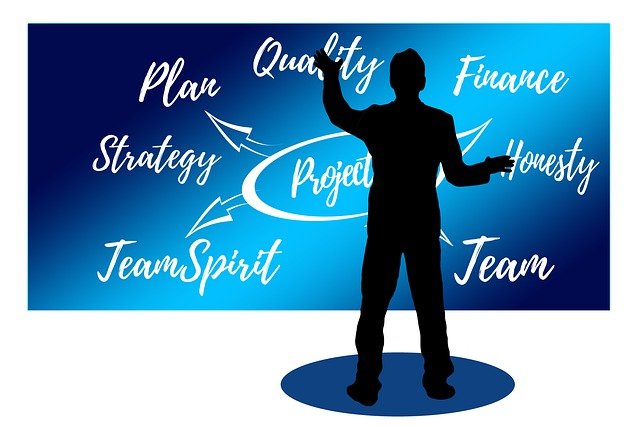The Astonishing Power of Belonging: Normative Social Influence

Dive deep into the fascinating world of the power of normative social influence. Understand its role in shaping societal norms and individual choices in this comprehensive guide.
Introduction to Normative Social Influence
Have you ever wondered why you sometimes conform to societal expectations, even when they don’t align with your personal beliefs? The answer lies in the concept of normative social influence, a powerful force that shapes our behavior in subtle yet significant ways. In this blog post, we’ll explore normative social influence, how it affects our daily lives, and why understanding it is crucial for making informed decisions.
What is Normative Social Influence?
Normative social influence is a type of social influence that leads individuals to conform to the expectations of others to gain acceptance and avoid rejection. This psychological phenomenon shapes our behavior, attitudes, and beliefs within social groups and society.
The normative social influence definition in psychology emphasizes the desire to be liked, accepted, and to belong. It’s important to note that this influence often results in public compliance rather than private acceptance. This means that people may outwardly conform to social norms while privately maintaining different beliefs or opinions.
The Psychology Behind Normative Social Influence

Normative influence can have long-lasting effects on attitudes
Even after the immediate social pressure is removed, individuals may internalize the attitudes or behaviors they initially adopted due to normative influence, leading to lasting changes in their beliefs.
To understand normative social influence, we need to delve into the psychological mechanisms that drive it:
- Need for Affiliation: Humans are inherently social creatures with a strong desire to belong and be accepted by others. This need for affiliation makes us susceptible to normative social influence.
- Fear of Rejection: The fear of being ostracized or rejected by our social groups can be a powerful motivator for conformity.
- Social Identity: Our sense of self is often tied to our membership in various social groups. Conforming to group norms helps reinforce our social identity.
- Informational Social Influence: While distinct from normative influence, informational social influence can work in tandem with it. We often look to others for cues on how to behave in ambiguous situations.
- Cognitive Dissonance: When our personal beliefs conflict with group norms, we may experience cognitive dissonance, leading us to adjust our behavior or attitudes to reduce this psychological discomfort.
Examples of Normative Social Influence in Everyday Life
Normative social influence is pervasive in our daily lives. Here are some common examples:
- Fashion Trends: Following the latest fashion trends to fit in with peers or social groups.
- Social Media Behavior: Posting content or expressing opinions that align with what’s popular or expected within one’s social network.
- Workplace Norms: Adhering to unwritten office behavior rules, such as dress codes or communication styles.
- Cultural Traditions: Participating in cultural practices or ceremonies to maintain social connections and cultural identity.
- Voting Behavior: Aligning political views with family members or close social groups to maintain harmony.
- Consumer Choices: Purchasing popular products or brands within one’s social circle or aspirational group.
- Environmental Practices: Adopting eco-friendly behaviors when living in a community that values sustainability.
These examples demonstrate how normative influence can affect various aspects of our lives, from personal choices to societal participation.
The Pros and Cons of Normative Social Influence
Normative social influence is a powerful force that shapes our behavior in everyday life. It refers to how we conform to social expectations to fit in and be accepted by others. On the positive side, it helps maintain social order and promotes group cooperation. People often follow rules and social norms to be liked and avoid disapproval. This can lead to better social cohesion and smoother interactions.

It can enhance group cohesion in crises
During emergencies or disasters, normative social influence can promote unity and cooperation among individuals, leading to more effective collective responses and increased chances of survival.
Like many social phenomena, normative social influence has both positive and negative aspects:
Pros:
- Promotes social cohesion and group harmony
- Facilitates smooth social interactions
- Can encourage positive behaviors (e.g., recycling, charitable giving)
- Helps maintain social order and cultural continuity
Cons:
- This may lead to the suppression of individuality and creativity.
- This can result in poor decision-making if the group norm is flawed.
- May perpetuate harmful stereotypes or discriminatory practices
- It can create pressure to conform even when it goes against personal values.
How to Recognize and Navigate Normative Social Influence

Normative influence can be leveraged for positive change
While often associated with negative outcomes, normative influence can be used to promote beneficial behaviors. Public health campaigns highlighting positive social norms (e.g., “Most people in your community recycle”) can effectively encourage individuals to adopt healthier or more environmentally friendly habits.
Being aware of normative social influence can help us make more conscious choices. Here are some strategies to navigate this powerful social force:
- Develop Self-Awareness: Reflect on your motivations for certain behaviors. Are you acting based on personal beliefs or to fit in?
- Question Social Norms: Don’t accept social norms at face value. Consider their origins and whether they align with your values.
- Seek Diverse Perspectives: Expose yourself to different viewpoints to broaden your understanding and challenge groupthink.
- Practice Assertiveness: Learn to express your opinions respectfully, even when they differ from the group consensus.
- Find Like-Minded Communities: Seek out groups that align with your values to reduce the pressure to conform to norms you disagree with.
- Embrace Individuality: Celebrate your unique qualities and remember that diversity of thought and behavior can benefit society.
- Educate Others: Share your knowledge about normative social influence to help others become more aware of its effects.
Discover more strategies for maintaining individuality in group settings.
Conclusion: Balancing Social Norms and Individual Choices
Normative social influence is a powerful force that shapes our behavior and society. While it can promote social harmony and facilitate group cohesion, balancing conformity and individual expression is essential. By understanding normative social influence and how it affects us, we can make more informed choices about when to conform and when to assert our individuality.
As you navigate your social world, remember that it’s okay to question norms and make choices that align with your values. Doing so contributes to a more diverse and dynamic society where social cohesion and individual expression can thrive.
How do you experience normative social influence in your life? Please share your thoughts and experiences in the comments below, and let’s start a conversation about the role of social norms in shaping our choices and society.


























